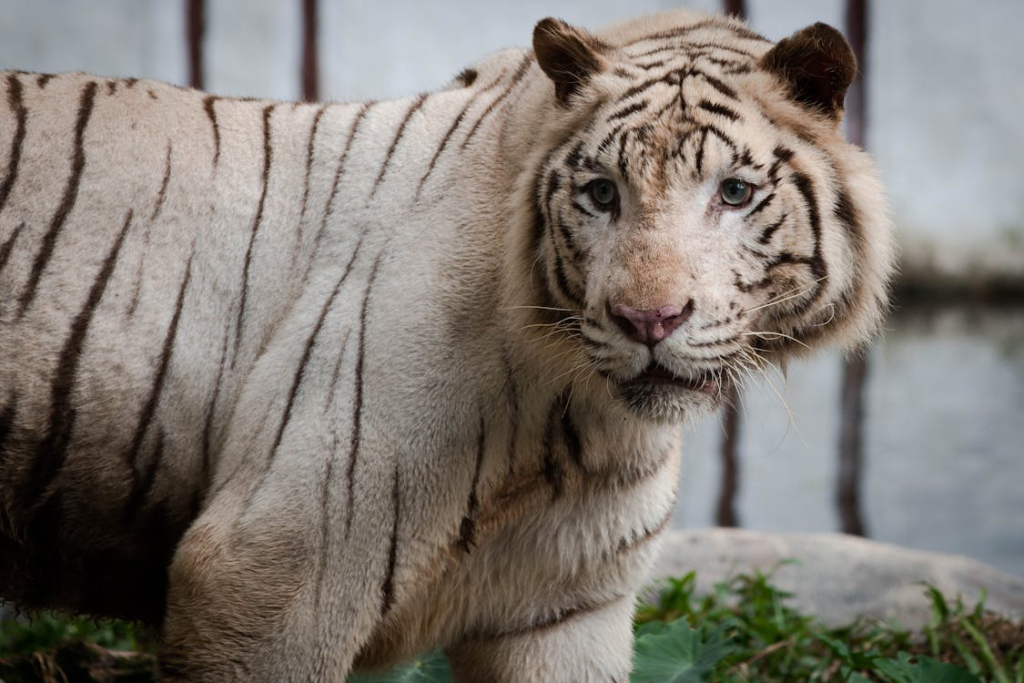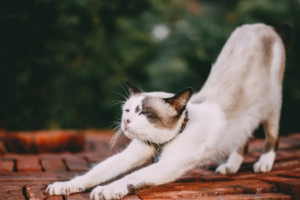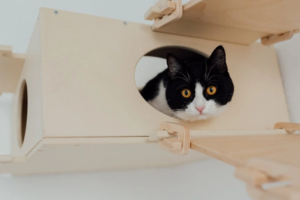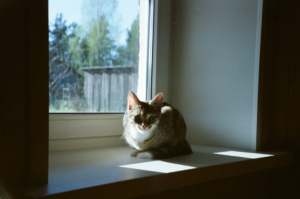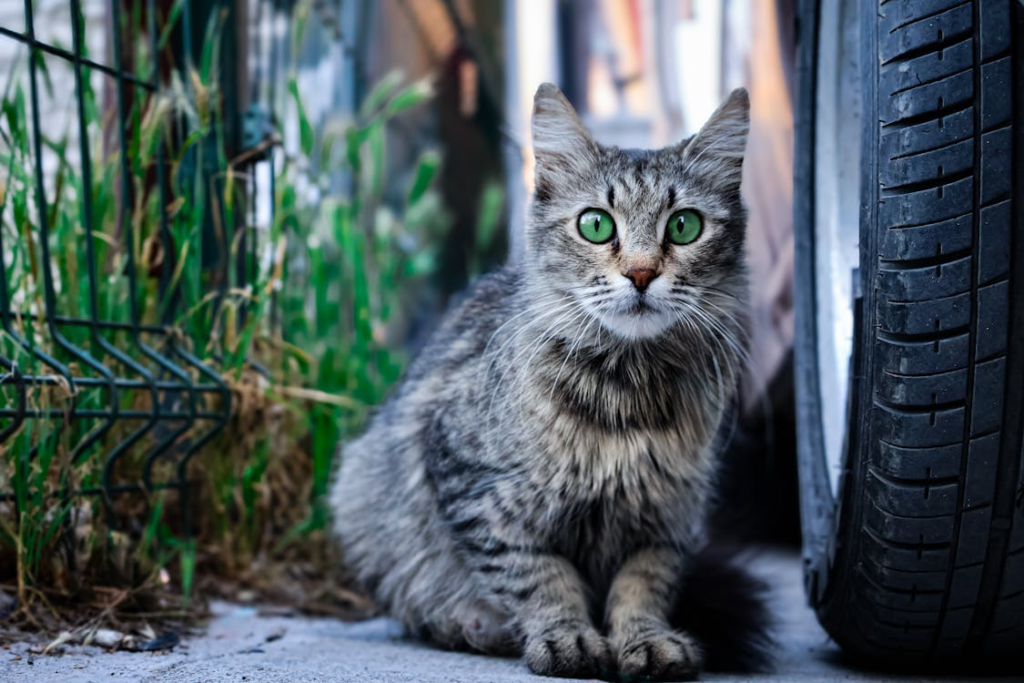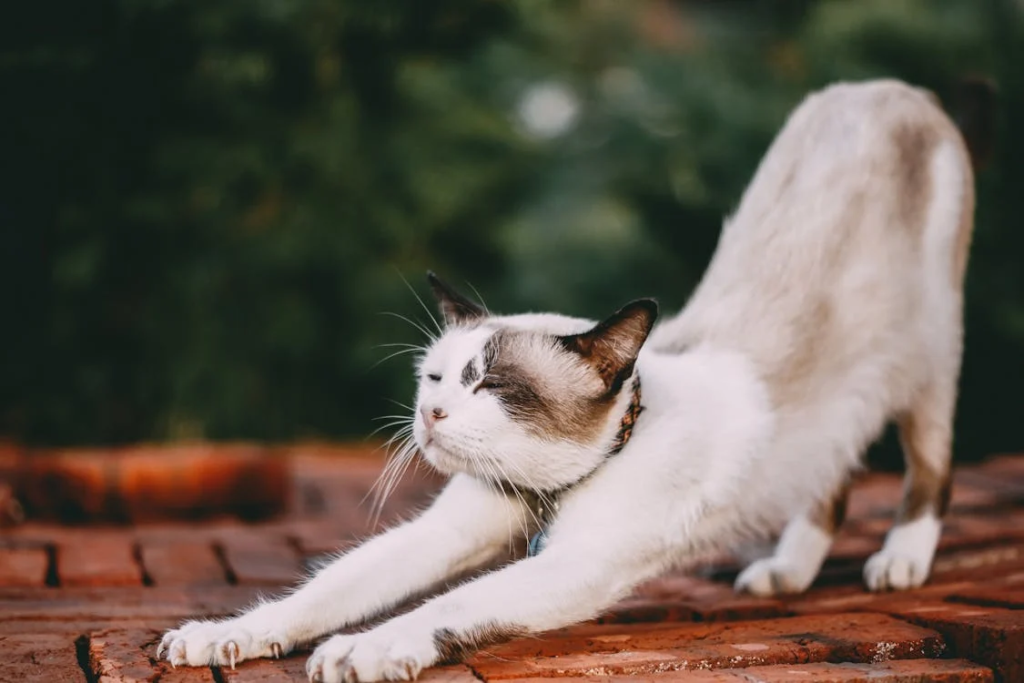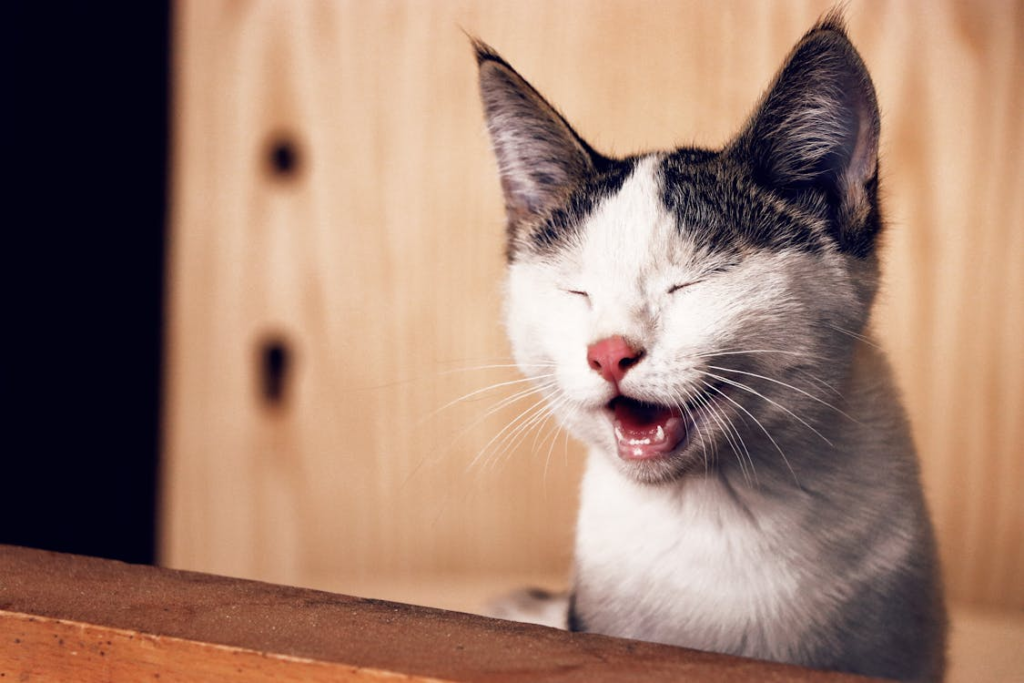Introduction:
Are you ready to embark on an cat-inspiring journey to create the perfect place for majestic, big cats? Whether you’re a sanctuary owner, a zoo curator, or a passionate big cat enthusiast, designing the ultimate big cat house is crucial for ensuring the health, happiness, and well-being of these magnificent creatures. In this comprehensive guide, we’ll unveil seven expert secrets that will revolutionize your approach to big cat housing. Get ready to discover how to provide unparalleled comfort and space for your feline residents!
- Size Matters: Go Big or Go Home
When it comes to big cat houses, size is not just important – it’s everything. These powerful cats need ample room to roam, explore, and express their natural behaviors. Aim for a minimum of 1,000 square feet per cat with vertical space being just as crucial as horizontal. Incorporate multi-level platforms, climbing structures and elevated walkways to maximize the use of vertical space. Remember, a happy cat is an active cat!
Pro tip: Consider the specific needs of each species. For example, tigers love to swim, so including a large pool can significantly enhance their quality of life.
- The Great Outdoors, Indoors: Creating a Natural Environment
Big cats thrive in environments that mimic their natural habitats. Transform your big cat house into a slice of the wild by incorporating:
- Natural substrates like sand, grass, or mulch in designated areas
- Large rocks and fallen logs for climbing and scratching
- Dense vegetation (artificial if necessary) for hiding and stalking
- Water features like streams or waterfalls for drinking and play
By recreating elements of their natural habitat, you’ll stimulate their instincts and promote physical and mental well-being.
- Climate Control: Keeping Cool Cats Cool
Creating a comfortable environment is crucial for your big cats’ well-being. Install a reliable HVAC system to maintain optimal temperatures between 65-75°F (18-24°C). Provide both warm and cool areas within the habitat to allow your cats to thermoregulate naturally. Don’t forget to monitor humidity levels, aiming for 30-50% to prevent respiratory issues.
Fun fact: Some big cats, like snow leopards, prefer cooler temperatures. Tailor your climate control to the specific needs of your feline residents.
- Enrichment Galore: Stimulating Body and Mind
Big cats are intelligent creatures that require mental stimulation to thrive. Incorporate a variety of enrichment activities to keep them engaged:
- Puzzle feeders to encourage natural foraging behaviors
- Scent trails using safe, natural fragrances
- Rotating toys and objects to maintain novelty
- Hidden treats to spark curiosity and exploration
Remember to change up the enrichment items regularly to prevent boredom and keep your cats on their toes.
- Safety First: Secure and Sound
Ensuring the safety of both your cats and caretakers is paramount. Implement these security measures:
- Double-door entry systems to prevent escapes
- Reinforced walls and ceilings to withstand powerful claws and teeth
- Secure locking mechanisms on all access points
- Clear sight lines for monitoring and observation
Don’t compromise on safety, it’s better to be overprepared than sorry!
- The Power of Privacy: Creating Retreat Spaces
While big cats are social creatures, they also need their alone time. Design your big cat house with privacy in mind:
- Include multiple den areas for resting and hiding
- Create visual barriers using vegetation or structures
- Provide elevated perches for surveying their territory
These retreat spaces allow your cats to feel secure and reduce stress, especially in multi-cat environments.
- Health and Hygiene: A Clean Cat is a Happy Cat
Maintain impeccable cleanliness to prevent disease and ensure your cats’ health:
- Install proper drainage systems for easy cleaning
- Use non-toxic, pet-safe cleaning products
- Implement a regular cleaning schedule, including daily spot cleans and weekly deep cleans
- Provide separate areas for eating, drinking, and elimination
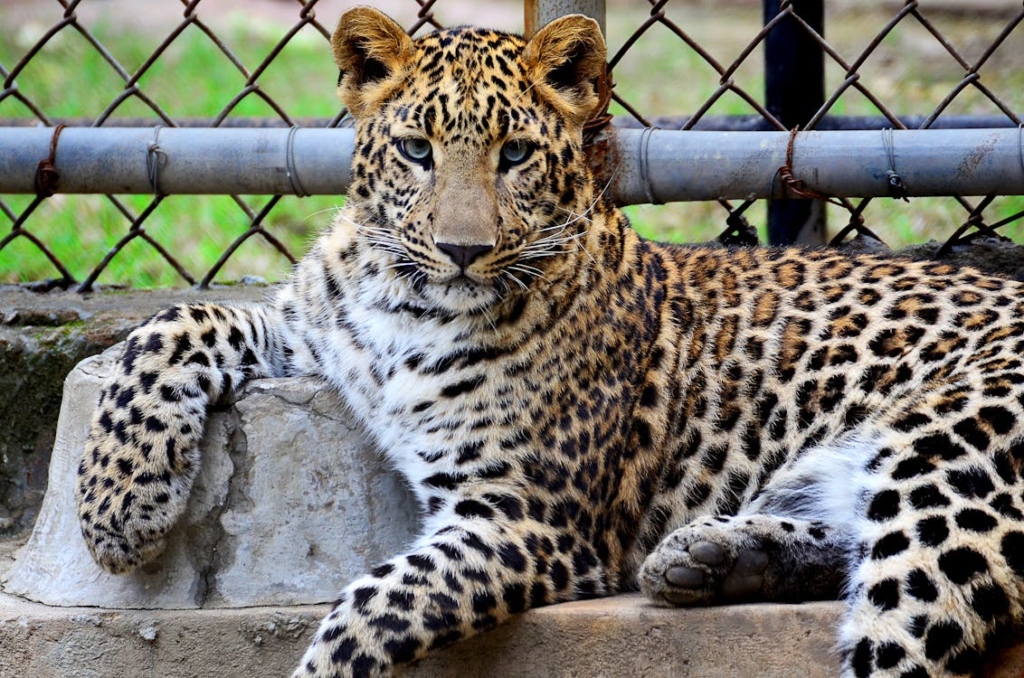
FAQ: Big Cat House Design and Management
Q: How much does it cost to build a big cat house?
A: Costs can vary widely depending on size, materials, and features. Expect to invest anywhere from $50,000 to $500,000 or more for a professional-grade habitat.
Q: Can different big cat species be housed together?
A: It’s generally not recommended to house different species together due to varying needs and potential conflicts. Always consult with a wildlife expert for specific recommendations.
Q: How often should enrichment items be changed?
A: Aim to rotate or change enrichment items at least weekly to maintain novelty and prevent boredom.
Q: What’s the best way to monitor big cats in their house?
A: Install a comprehensive camera system with both day and night vision capabilities. This allows for 24/7 monitoring without disturbing the animals.
Q: How can I make the big cat house more natural-looking?
A: Incorporate artificial plants, rocks, and trees that mimic the cats’ natural environment. Use non-toxic materials that can withstand wear and tear.
Conclusion:
Creating the ultimate big cat house is a challenging yet incredibly rewarding endeavor. By implementing these seven secrets, you’ll create a space that not only meets your cats’ physical needs but also nurtures their wild spirits. Remember, a well-designed habitat promotes natural behaviors, reduces stress, and ultimately leads to happier, healthier big cats.
As you embark on this exciting project, always prioritize the well-being of your feline residents. Consult with wildlife experts, veterinarians, and experienced caretakers to ensure your big cat house meets the highest standards of care. With dedication, creativity and a deep understanding of big cat needs, you’ll soon have a thriving feline paradise that both you and your cats can be proud of.
